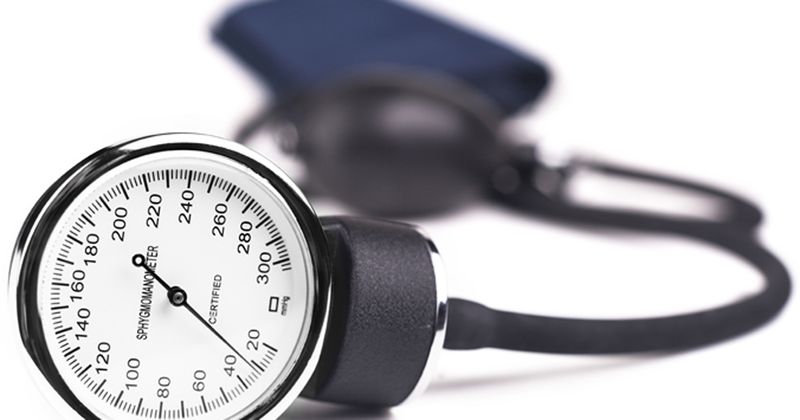Systolic BP should not inform decision to withhold, delay endovascular thrombectomy
Key takeaways:
- Effects of endovascular thrombectomy did not differ for low or high systolic BP at admission in patients with ischemic stroke.
- Functional outcomes worsened in those with systolic BP of at least 140 mm Hg.
High or low systolic blood pressure on hospital admission did not negate the effects of endovascular thrombectomy in patients with ischemic stroke, although higher levels were associated with worse functional outcomes.
“The association between high blood pressure and worse outcomes following ischemic stroke has been confirmed by several studies for both intravenous thrombolysis and endovascular thrombectomy,” Noor Samuels, MD, of the department of neurology at Erasmus University Medical Center in the Netherlands, and colleagues wrote.

In a meta-analysis in The Lancet Neurology, researchers examined whether admission systolic blood pressure influences functional outcomes and the effect of endovascular thrombectomy in patients with ischemic stroke.
They analyzed individual patient data from seven randomized controlled trials and identified 1,753 individuals with anterior circulation ischemic stroke who received either endovascular thrombectomy (n = 867) or standard medical therapy (n = 886). All included patients had systolic blood pressure data at hospital admission.
The primary endpoint was functional outcome as measured by the modified Rankin Scale at 90 days. Researchers used multilevel regression analysis to assess the association of systolic blood pressure with outcomes in both treatment groups and tested for nonlinearity and interaction between systolic blood pressure and effect of endovascular thrombectomy, accounting for IV thrombolysis treatment.
Results showed a nonlinear association between systolic blood pressure at admission and functional outcome, with an inflection point at 140 mm Hg. Among patients with a reading of 140 mm Hg or higher (n = 1,021), admission systolic blood pressure was associated with worse functional outcome (adjusted common OR [acOR] = 0.86 per 10 mm Hg increase; 95% CI, 0.81-0.91).
In addition, patients with admission systolic blood pressure of at least 140 mm Hg were on average older and more likely to present with history of atrial fibrillation, hypertension and hyperlipidemia than those with lower systolic blood pressure.
Researchers reported no association between systolic blood pressure and functional outcome in patients with systolic blood pressure lower than 140 mm Hg (acOR = 0.97 per 10 mm Hg decrease; 95% CI, 0.88-1.05), nor a significant interaction between systolic blood pressure and effect of endovascular thrombectomy on functional outcome.
“We believe that high or low admission [systolic blood pressure] should not be a reason to withhold or delay endovascular thrombectomy for ischemic stroke,” Samuels and colleagues wrote.
